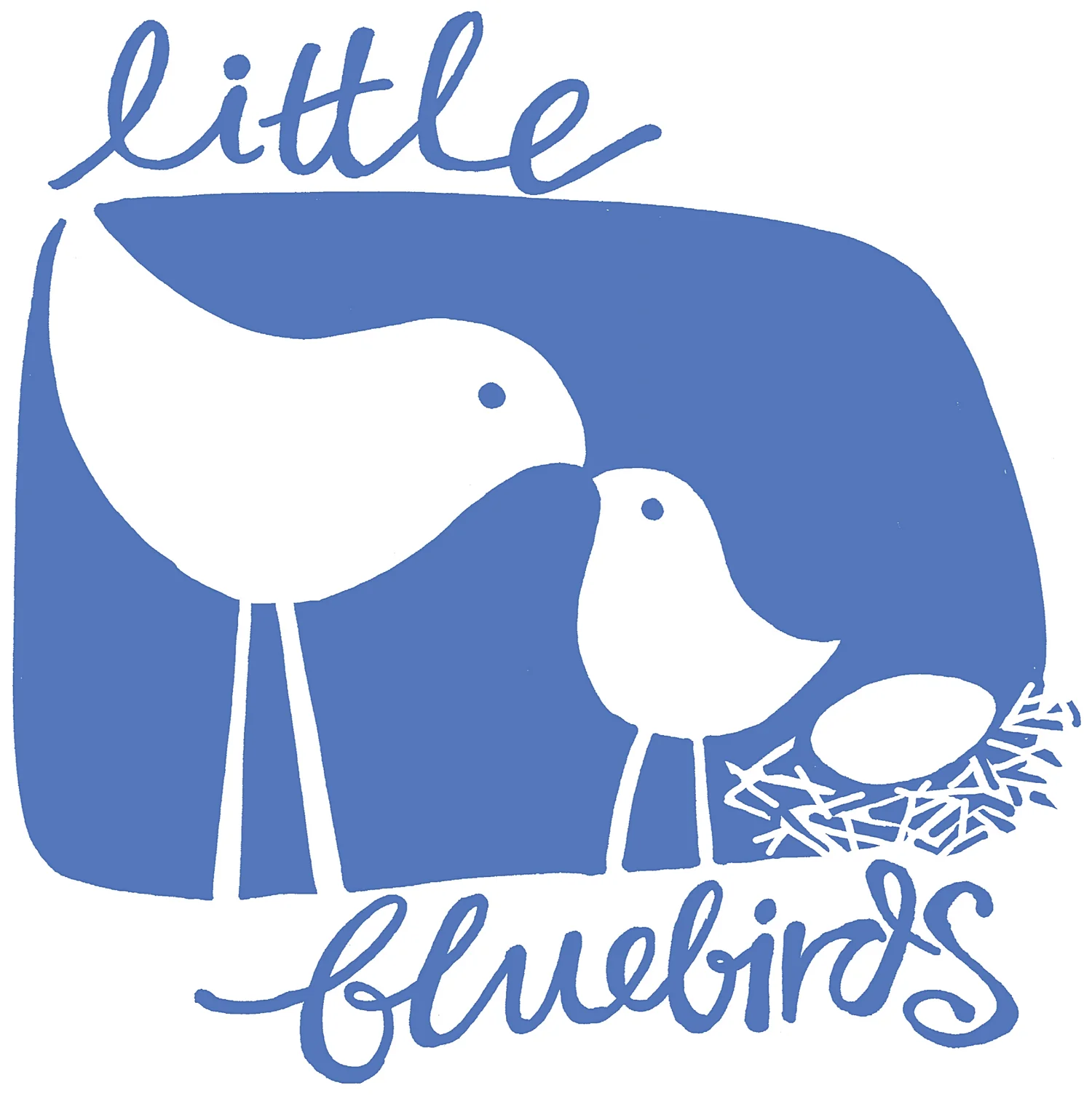A magic recipe for messy fun
What do you get when you combine a bowl of water, two handfuls of flour, a sprinkle of leaves, a pinch of petals, a squeeze of shampoo, a dash of food colouring, and then stir the whole lot with an old wooden spoon, and pour it into plastic cups? Well, you get a very happy child and an hour or two of peace!
I just loved making mud pies and mixing potions when I was a young'un, and now my children do too. And why not? Mixing and pouring, stirring and swirling are deliciously sensory experiences that invite children to experiment, create and imagine. Children can magically transform into chefs in a café, witches in a coven, or scientists in a lab… anything is possible.
Yes it’s messy, but if you set up your potion station outdoors you can avoid the mess stress. Providing an old shirt or apron may spare their clothes. And there’s no need to spend money on materials – perfect ingredients may come from your pantry, bathroom and garden. Collect some old containers and utensils from home, raid an op shop, or intercept empty containers enroute to your bin.
So what do you need?
- empty containers, old saucepans, plastic cups,
- empty plastic bottles, squeeze bottles
- spoons
- colanders
- funnels
- muffin and paint trays
- eye droppers
- tea strainers
- whisks
These days you'll find all sorts of recipes for all kinds of fancy-schmancy potions on the internet, but I just like to keep things simple, and let children work out their own from a choice of simple safe ingredients on offer.
Fun ingredients may include:
- water
- dirt, sand, flour
- coloured water
- natural materials: petals, grass, seeds, leaves, herbs
- old playdough (adds that touch of gooey-ness)
- soap flakes, shampoo or detergent
One of the nicest things about making potions is that it's a purely 'process - orientated' play experience, with no right or wrong outcomes - the potion your child makes is far less important than the magic process of making it. Such 'hands-on' or experiential learning experiences are so special and valuable – children are experimenting, investigating, mixing, pouring, measuring, estimating, observing, imagining and simply reveling in the sensory experience, all while simply having fun.
Now that's what I call magic!




